
Documentary Photography: Photo story about important events and everyday life
Documentary photography, or photo reportage, is a genre of photography in which the author captures the natural flow of events without attempting to influence them. The name is derived from the English word "report," which translates as "report" or "message." The main goal of documentary photography is to show viewers important events on a city, national, or global scale. Depicting everyday life is also part of this approach. Its modern understanding involves emotionality and the photographer's personal interpretation of the unfolding events.
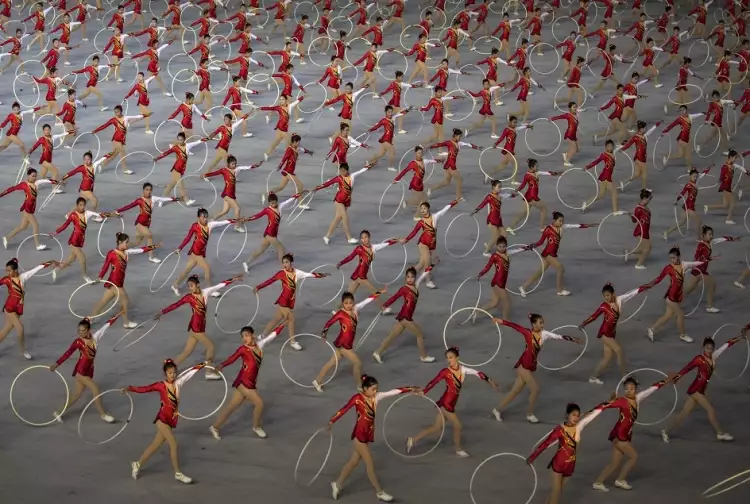 Documentary Photography. David Guttenfelder. Photo of the 70th anniversary parade in North Korea
Documentary Photography. David Guttenfelder. Photo of the 70th anniversary parade in North Korea
Brief history of documentary photography
Documentary photography waited quite a while after the emergence of photography to come into its own. In the second half of the 19th century, the technology was too cumbersome and required long exposure times. Attempts to capture military actions were made from the 1850s, but the shots were staged, and their quality did not allow for artistic value. At the turn of the century, hidden cameras and the photos they produced of urban life emerged.
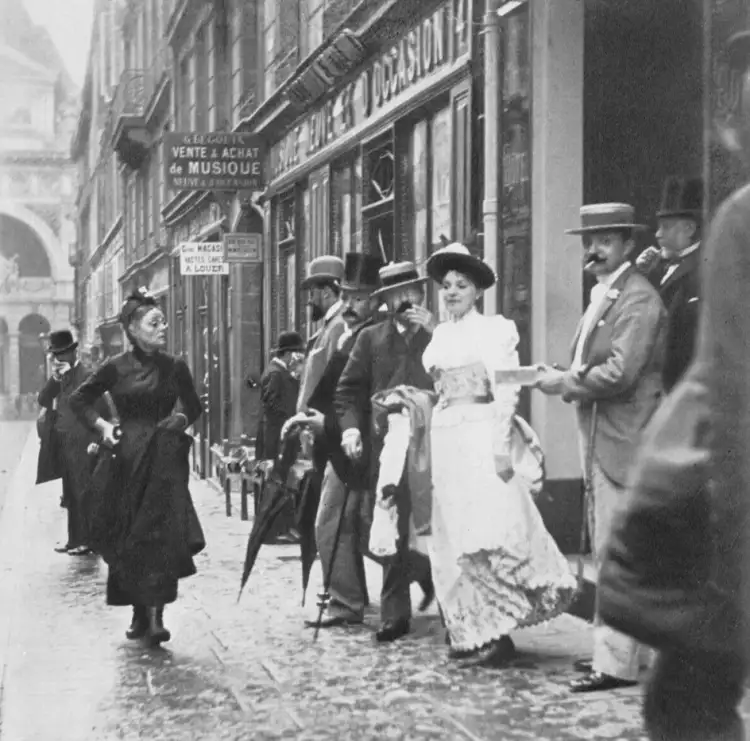 Documentary Photography. Giuseppe Primoli. Photo Fans of Rejean, 1889
Documentary Photography. Giuseppe Primoli. Photo Fans of Rejean, 1889
Documentary photography gained popularity after the mass production of lightweight and compact cameras in the 1920s. Professionals specializing in this genre emerged. In the United States, for example, photojournalist Dorothea Lange gained fame. Her photograph "Migrant Mother" remains well-known to this day. In the USSR, Alexander Rodchenko and El Lissitzky created reportages. Many prominent stars of photojournalism emerged during the wartime years, including Dmitry Baltermants and Robert Capa.
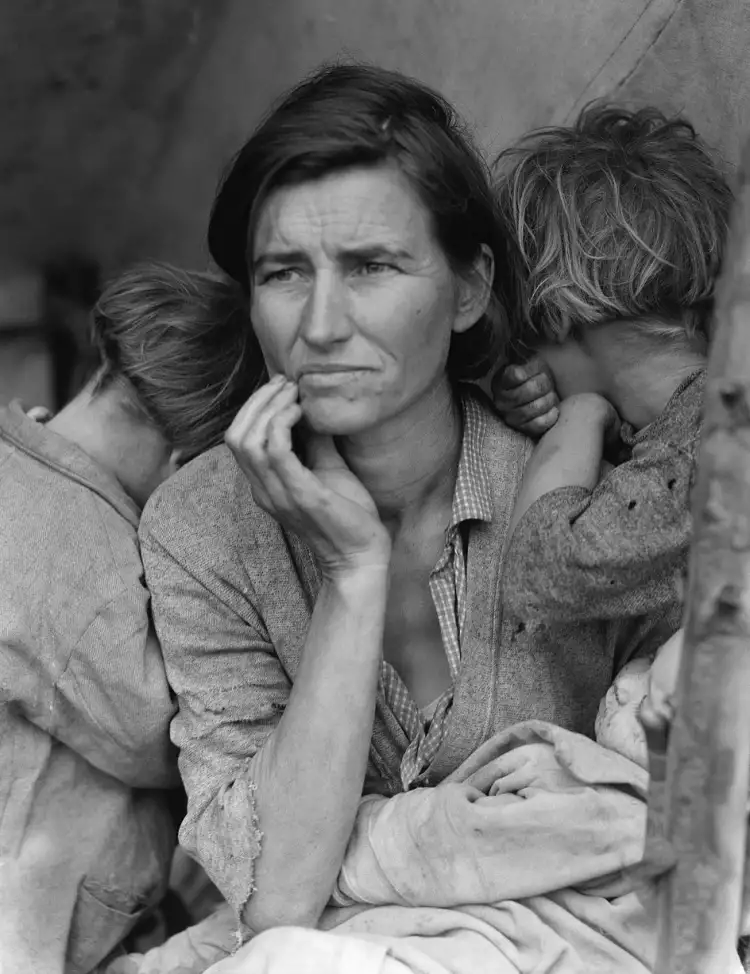 Documentary Photography. Dorothea Lange. Photo Resettled Mother, 1936
Documentary Photography. Dorothea Lange. Photo Resettled Mother, 1936
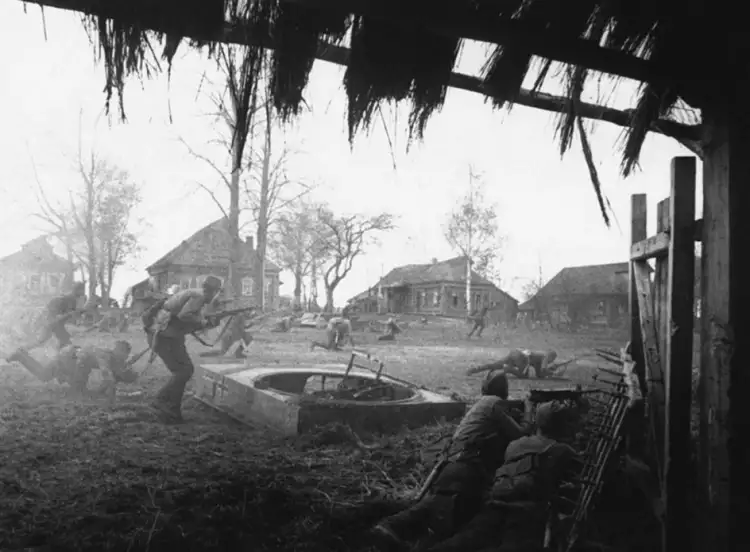 Documentary Photography. Dmitry Baltermants. Photo Fighting for the village, 1941
Documentary Photography. Dmitry Baltermants. Photo Fighting for the village, 1941
The period from the 1930s to the 1950s is referred to as the golden age of photojournalism. Successful shots were published in the best newspapers and magazines with millions of copies in circulation. Later, television took over, and documentary photos gradually moved into museums, exhibitions, and books. Over time, authors began not only to capture events but also to convey their attitude towards what was happening through their photos. Another trend was to include socially themed photographs in the category of reportage: shots of urban life or specific population groups.
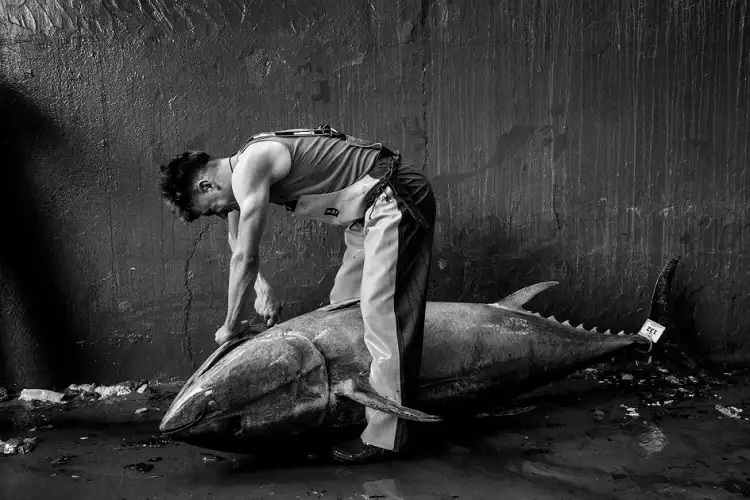 Documentary Photography. Francesco Zizola. Photo Cutting tuna
Documentary Photography. Francesco Zizola. Photo Cutting tuna
Currently, documentary photography that is close to glamour has become sought-after in the media and commercially successful. Celebrities look more interesting when photographed at receptions and other events. Another popular direction is street photography, where stars are captured secretly, often in inappropriate situations. The coverage of sports, cultural, and political events remains relevant as well.
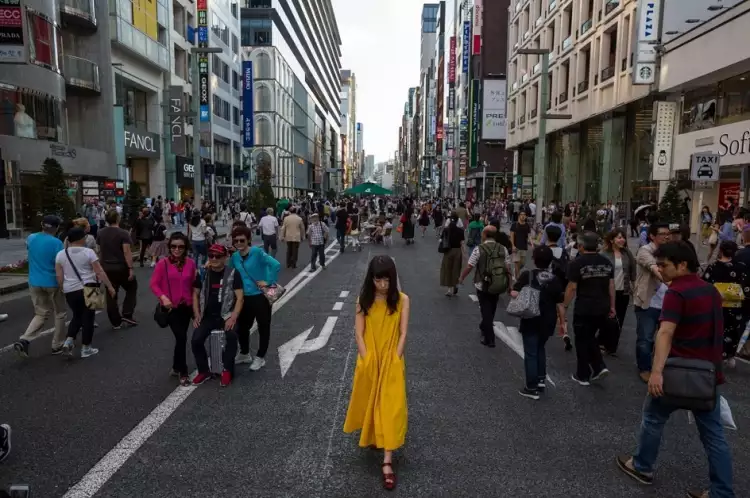 Documentary Photography. David Guttenfelder. Photo of a pedestrian street in Tokyo
Documentary Photography. David Guttenfelder. Photo of a pedestrian street in Tokyo
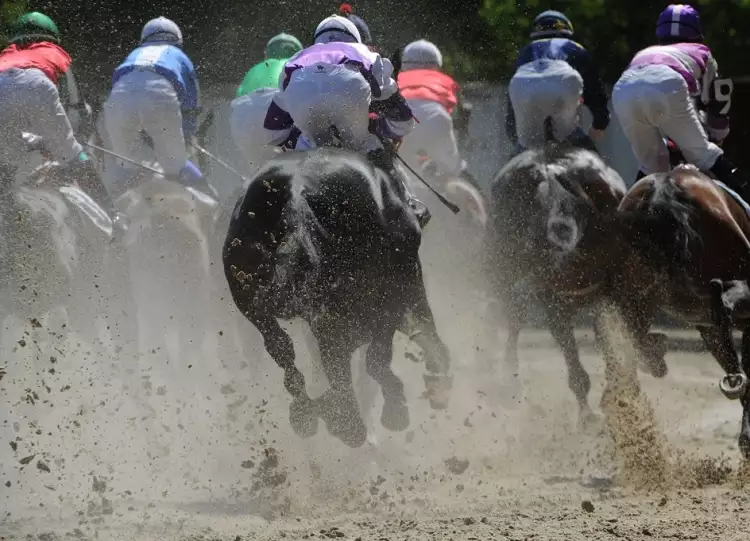 Documentary Photography. Vladimir Vyatkin. Photo from the series Unlucky Horse
Documentary Photography. Vladimir Vyatkin. Photo from the series Unlucky Horse
Characteristics of Documentary Photography
Reportage is a complex genre as it combines portrait, landscape, and candid photography. The photographer cannot ask participants in the action to stop and pose. Observing the unfolding events, they must instantly capture the essence and make successful shots on the first try. If the author tackles intense topics—documenting war zones, accidents, and disasters—their work is burdened with emotional weight and sometimes even danger to life.
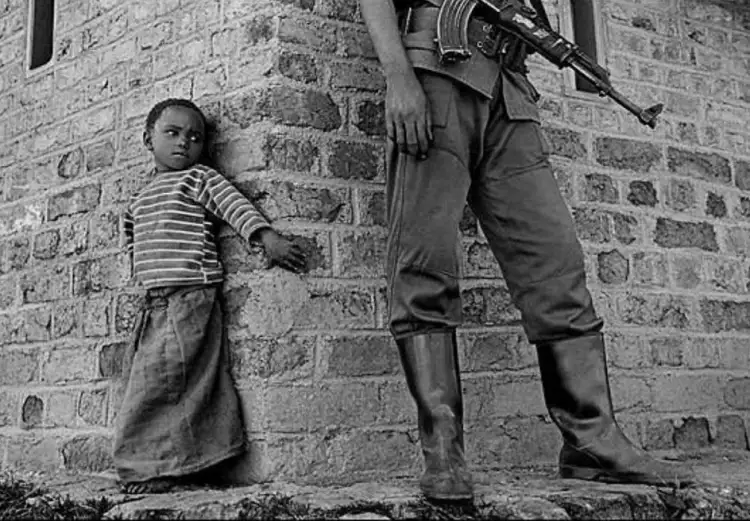 Documentary Photography. James Nachtwey. Reportage photo from Congo, 2008
Documentary Photography. James Nachtwey. Reportage photo from Congo, 2008
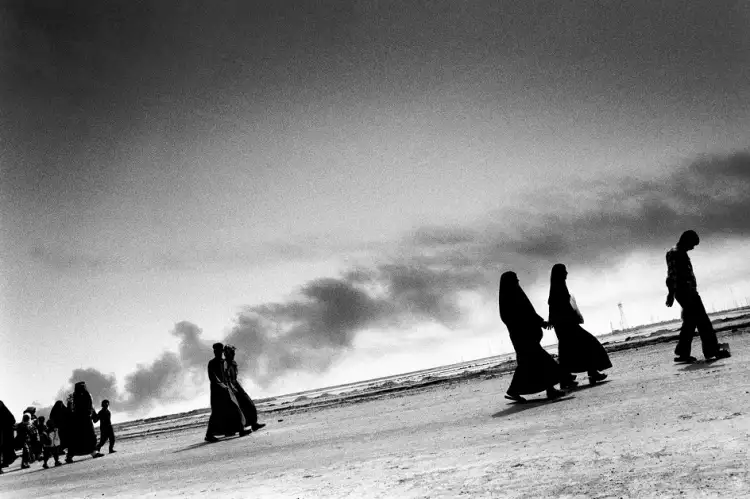 Documentary Photography. Paolo Pellegrin. Photo Civilians fleeing from Basra, Iraq, 2003
Documentary Photography. Paolo Pellegrin. Photo Civilians fleeing from Basra, Iraq, 2003
A photo reportage can consist of a single photograph or a series of shots. In the former case, the photo must be highly expressive to convey the entire meaning of the event. In the latter, the shots need to be arranged sequentially, providing the story with an introduction, development, climax, and conclusion.
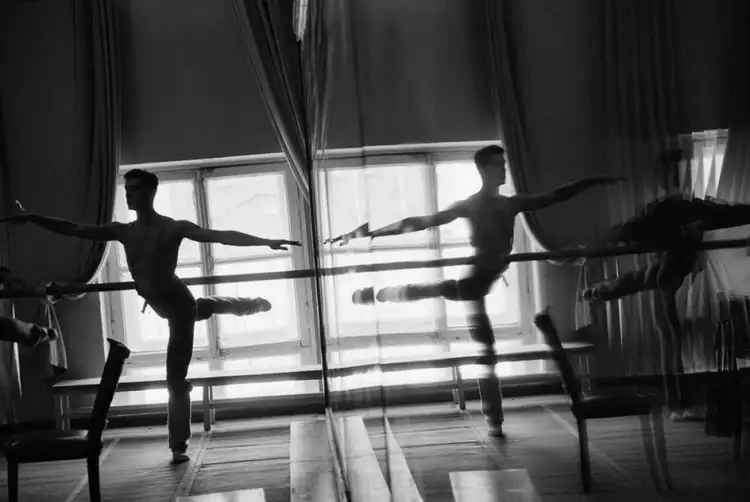 Documentary Photography. George Pinkhasov. Photo Rehearsal for Bolshoi Ballet dancers, 1995
Documentary Photography. George Pinkhasov. Photo Rehearsal for Bolshoi Ballet dancers, 1995
Most Famous Authors in the Genre of Documentary Photography
Numerous talented photographers around the world engage in documentary photography. The best among them publish their works in renowned magazines and receive prestigious awards. The Pulitzer Prize and World Press Photo are particularly esteemed. Here are a few celebrated masters of photo reportage:
- Dmitry Baltermants — a Soviet photo correspondent who captured numerous frontline photos for the newspaper "Izvestia." After the war, he led the photography department of the magazine "Ogoniok."
- Stanley Greene — a five-time winner of the World Press Photo award, dedicated to combating injustice. He photographed military conflicts, ecological disasters, and other crisis situations.
- Tomasz Gudzowaty — a Polish photographer who became a virtuoso in capturing various sports competitions. His shots have been published in Forbes, Time, and The Guardian.
- David Guttenfelder — this reporter has been to 75 countries, photographing military conflicts, Olympics, and important political events. Among other achievements, he became famous for his series of photographs from North Korea.
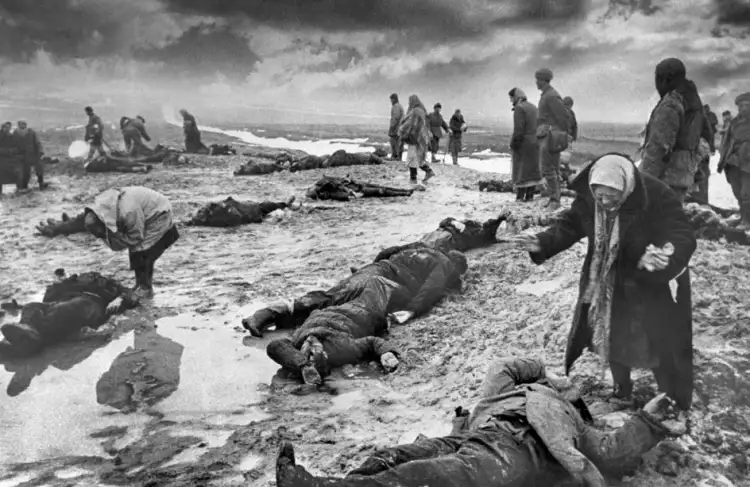 Documentary Photography. Dmitry Baltermants. Photo Grief, 1942
Documentary Photography. Dmitry Baltermants. Photo Grief, 1942
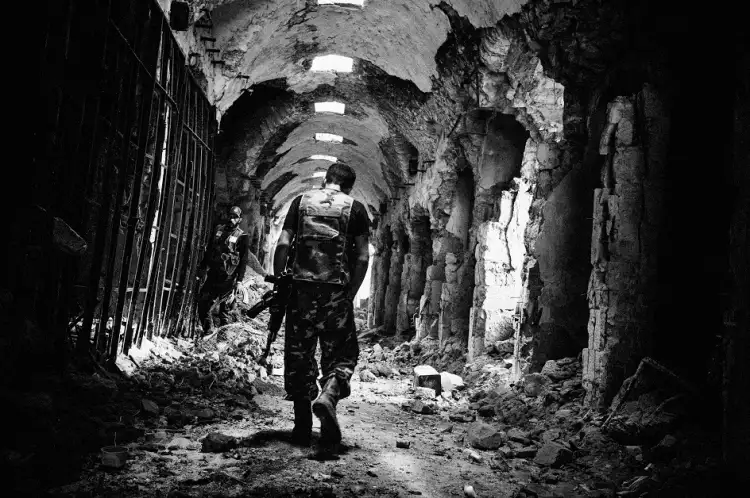 Documentary Photography. Stanley Green. Photo Old Market in Aleppo
Documentary Photography. Stanley Green. Photo Old Market in Aleppo
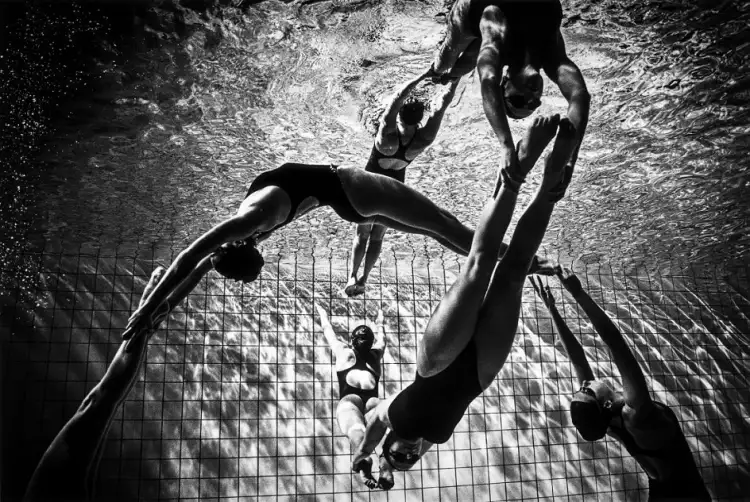 Documentary Photography. Tomasz Gudzovati. Photo Synchronised swimming
Documentary Photography. Tomasz Gudzovati. Photo Synchronised swimming
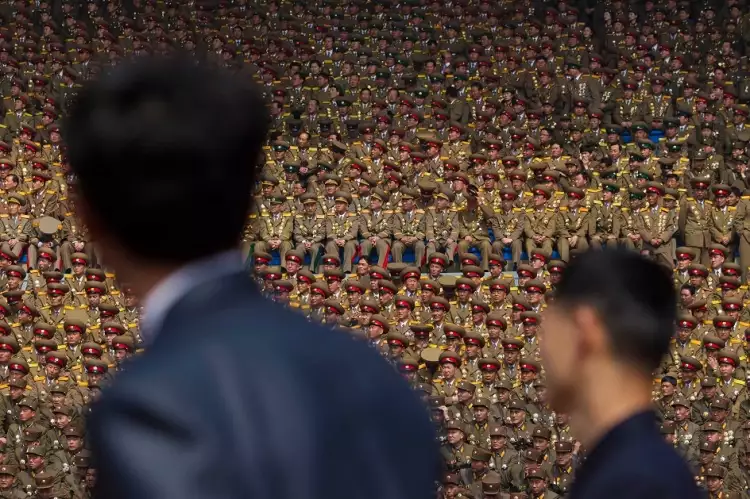 Documentary Photography. David Guttenfelder. Reportage photo from North Korea
Documentary Photography. David Guttenfelder. Reportage photo from North Korea
Artistic photography created by a talented author is considered on par with the finest works of visual art. Acquiring paintings, vintage photos, and antique masterpieces is convenient through auctions regularly held on the Very Important Lot website. Join in!
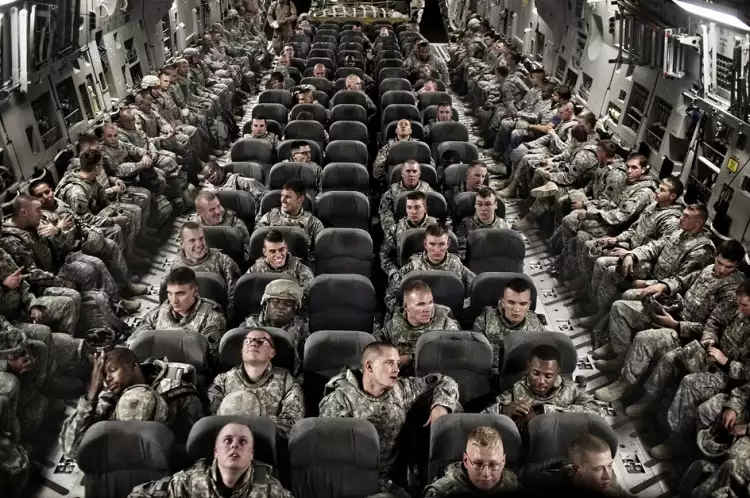
 Engraving is a captivating art of creating printed images
Engraving is a captivating art of creating printed images  Current Popular Items in the Antique Market
Current Popular Items in the Antique Market 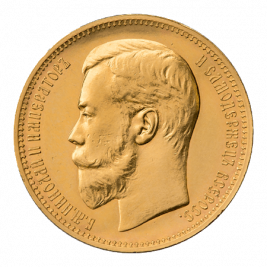 The coin of 37 rubles and 50 kopecks is a valuable masterpiece of Russian numismatics with a non-standard denomination
The coin of 37 rubles and 50 kopecks is a valuable masterpiece of Russian numismatics with a non-standard denomination 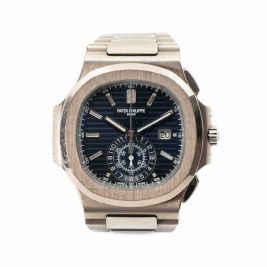 Wettmann Onlineauctionen: A Portal to Rare Antiques and Luxurious Treasures
Wettmann Onlineauctionen: A Portal to Rare Antiques and Luxurious Treasures  Marquetry is the elegant ancient art of inlaying veneer
Marquetry is the elegant ancient art of inlaying veneer 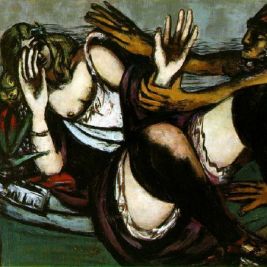 Expressionism - a shocking emotional movement in 20th-century art
Expressionism - a shocking emotional movement in 20th-century art  The Rising Trend of Collecting Regional Books in the Antiques Market
The Rising Trend of Collecting Regional Books in the Antiques Market 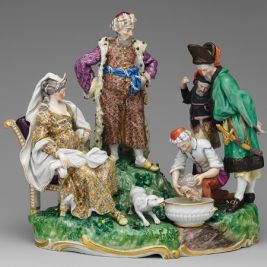 Frankenthal Porcelain: a rarity worthy of museum collections
Frankenthal Porcelain: a rarity worthy of museum collections 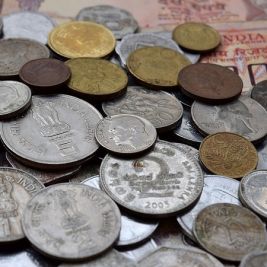 Numismatics is a serious scientific discipline or enthusiastic collection of ancient coins
Numismatics is a serious scientific discipline or enthusiastic collection of ancient coins  French Porcelain: History of Development and Top Manufactories
French Porcelain: History of Development and Top Manufactories